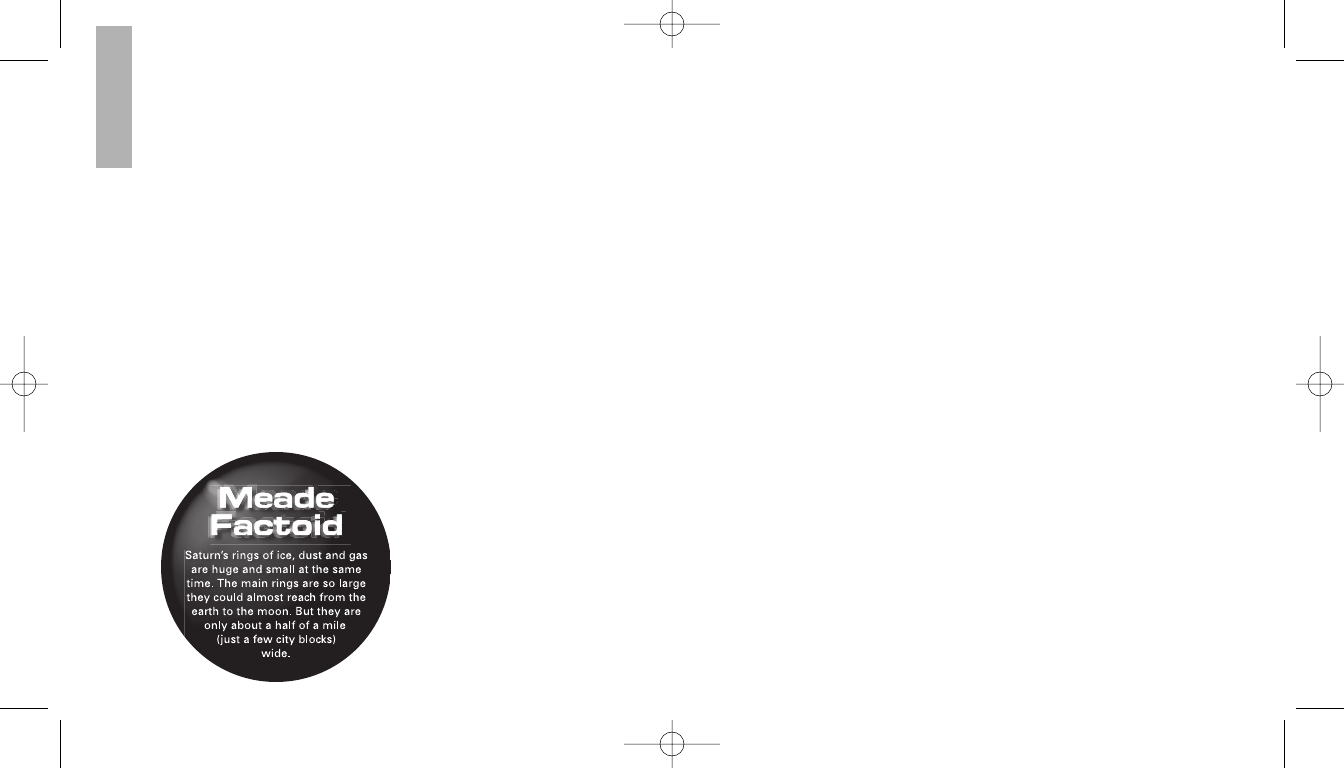
interesting. But look again. There is much
information that is revealed in stars.
The first thing you will notice is that not all
stars are the same colors. See if you can find
blue, orange, yellow, white and red stars.
The color of stars sometimes can tell you
about the age of a star and the temperature
that they burn at.
Other stars to look for are multiple stars.
Very often, you can find double (or binary)
stars, stars that are very close together.
These stars orbit each other. What do
you notice about these stars? Are they
different colors? Does one seem brighter
than the other?
Almost all the stars you can see in the sky
are part of our galaxy. A galaxy is a large
grouping of stars, containing millions or
even billions of stars. Some galaxies form a
spiral (like our galaxy, the Milky Way) and
other galaxies look more like a large football
and are called elliptical galaxies. There are
many galaxies that are irregularly shaped
and are thought to have been pulled apart
because they passed too close to—or even
through—a larger galaxy.
You may be able to see the Andromeda
galaxy and several others in your telescope.
They will appear as small, fuzzy clouds. Only
very large telescope will reveal spiral or
elliptical details.
You will also be able to see some nebulas
with your scope. Nebula means cloud. Most
nebulas are clouds of gas. The two easiest to
see in the Northern Hemisphere are the
Orion nebula during the winter and the
Triffid nebula during the summer. These are
large clouds of gas in which new stars are
being born. Some nebulas are the remains
of stars exploding. These explosions are
called supernovas.
When you become an advanced observer you
can look for other types of objects such as
asteroids, planetary nebula and globular
clusters. And if you’re lucky, every so often a
bright comet appears in the sky, presenting
an unforgettable sight.
The more you learn about objects in the
sky, the more you will learn to appreciate
the sights you see in your telescope. Start
a notebook and write down the observations
you make each night. Note the time and
the date.
turns out, only with the sunlight
shining through them, can the rings
be seen. Uranus and Neptune also
have faint rings.
Optional color filters help bring out detail
and contrast of the planets. Meade offers a
line of inexpensive color filters.
What’s Next? Beyond the Solar System:
Once you have observed our own system of
planets, it’s time to really travel far from
home and look at stars and other objects.
You can observe thousands of stars with
your telescope. At first, you may think stars
are just pinpoints of light and aren’t very
8
Telestar RB-60.qxd 4/11/06 2:04 PM Page 10


















